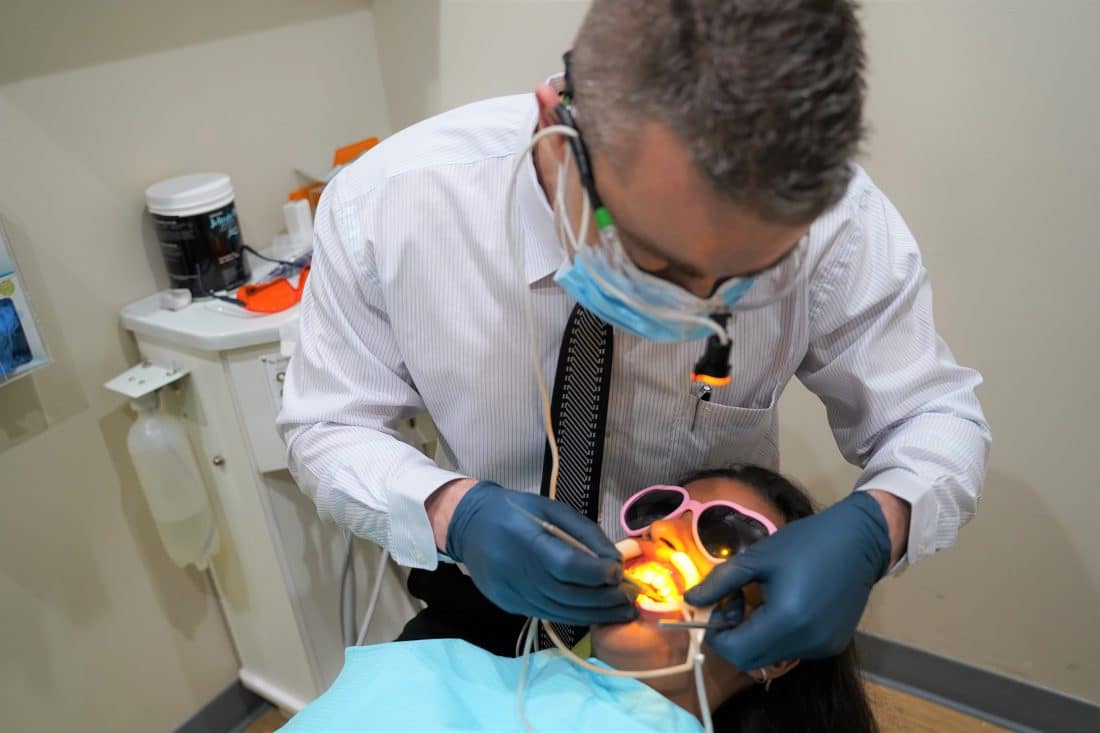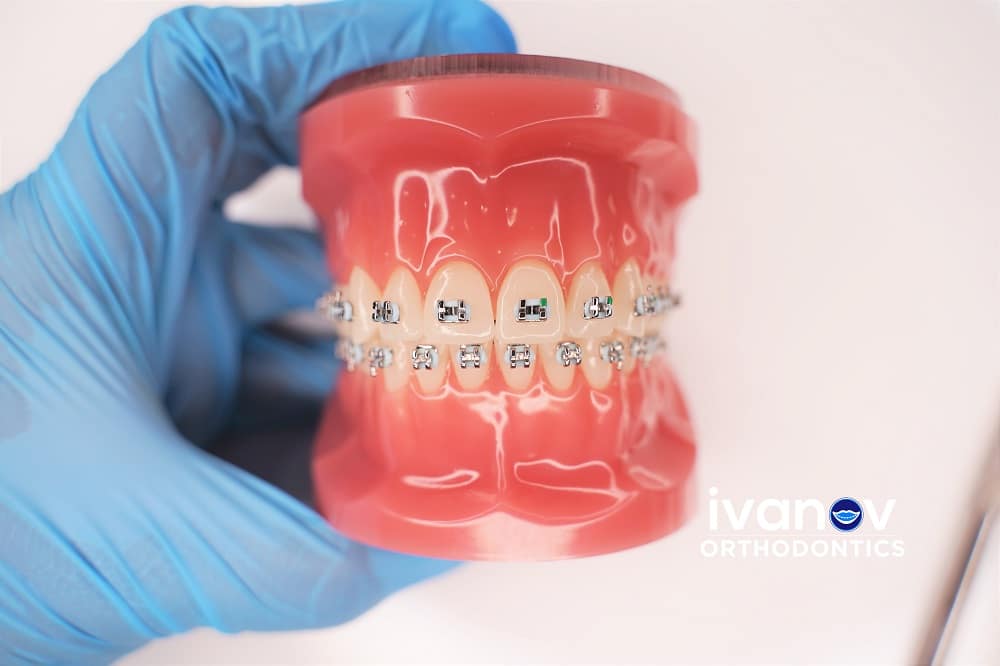Orthodontic treatments, such as braces, are crucial in achieving a straight and healthy smile. People who have uneven teeth, crooked or misaligned teeth, or bite issues need orthodontic treatments. One of the most popular treatments is braces, which have various components that work together to align teeth effectively. One such element that often confuses patients is the bite block.
Let us explore bite blocks, how they work, and their importance in the braces journey.
What Are Bite Blocks?
Bite blocks, also known as bite turbos or bite ramps, are small raised sections of the braces structure that are placed on specific teeth. These blocks generally consist of the same material as the braces, which is usually metal or ceramic. Bite blocks change how the upper and lower teeth come together when the jaws close.
How Do Bite Blocks Function?
Bite blocks work by disrupting the normal contact of the upper and lower teeth for a short period of time. They are carefully chosen to prevent the back teeth from contacting each other, which changes the bite dynamics. This modification is required in specific orthodontic cases where the bite relationship between the upper and lower jaws needs to be corrected.

Correcting Overbites and Deep Bites:
One common use of bite blocks is in addressing overbites or deep bites. An overbite happens when the upper front teeth overlap the lower front teeth. Using bite blocks, orthodontists can encourage the lower jaw to move forward, correcting the overbite and achieving a more balanced bite.
Resolving Crossbites:
Crossbites happen when some upper teeth sit inside the lower teeth instead of outside. Bite blocks can assist in the correction of crossbites by guiding the teeth into a proper alignment.
Preventing Bracket Interference:
In some cases, bite blocks are used to prevent interference between braces brackets on the upper and lower teeth. This ensures that the braces can do their job effectively without hindrance from the natural movement of the jaws.
Facilitating Tooth Movement:
Bite blocks can help in the teeth movement of specific teeth during orthodontic treatment. By adjusting the contact points between teeth, bite blocks contribute to a more controlled and targeted tooth movement.
Creating Space:
Bite blocks can also be used to create space in the mouth. This is especially helpful in situations where overcrowding of teeth is present. The additional space allows for proper alignment and reduces the likelihood of reversal after the bite blocks braces are removed. Contact your South Miami orthodontist if you have any issues.

Importance of Bite Blocks in Orthodontic Treatment:
Bite blocks are crucial in achieving the desired results of orthodontic treatment. They help orthodontists correct the bite problem and address certain issues that can restrict the effectiveness of braces. Without proper bite control, tooth alignment and the overall success of orthodontic treatment may be affected.
Patients frequently ask about the temporary discomfort or changed speech that may occur when bite blocks are first introduced. It's essential to understand that these adjustments are a normal part of the process as the teeth and jaws adjust to the changes caused by the braces and bite blocks.
In Conclusion:
Bite blocks are the secret hidden device that helps silently to ensure that braces do not just straighten teeth but also optimize the overall bite relationship. Bite blocks can create beautiful, functional smiles. By understanding the role of bite blocks, patients can appreciate the intricate mechanics at play in achieving a well-aligned and healthy bite. Book an appointment now with your best rated orthodontist to get a beautiful smile.























